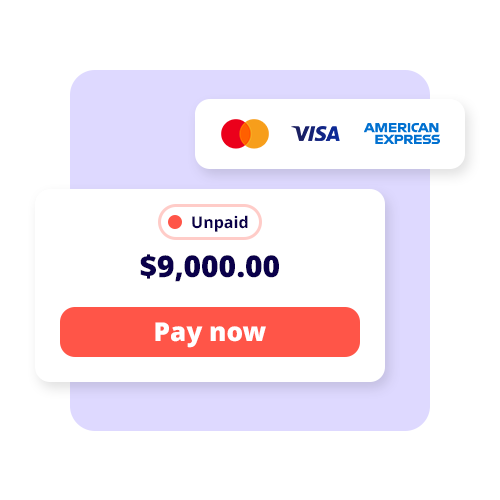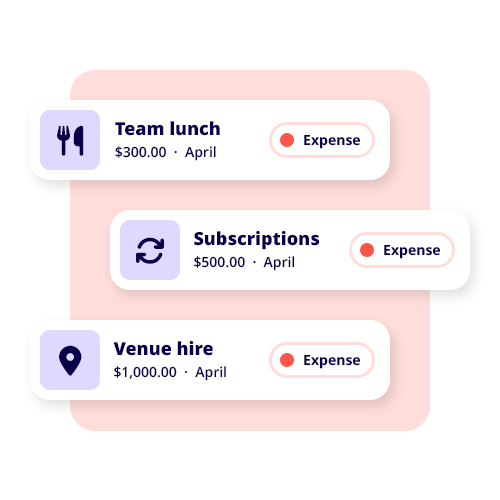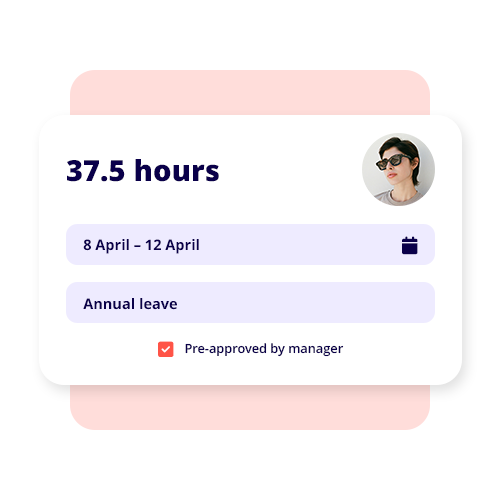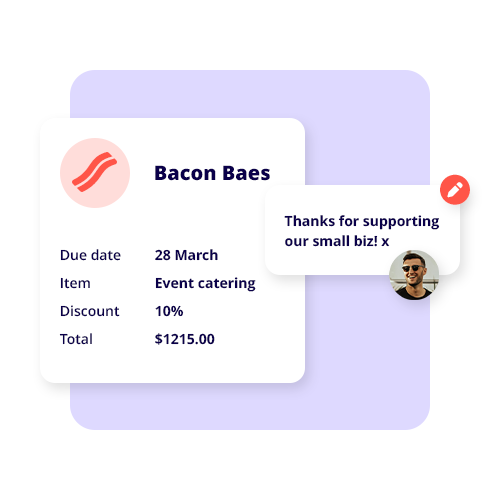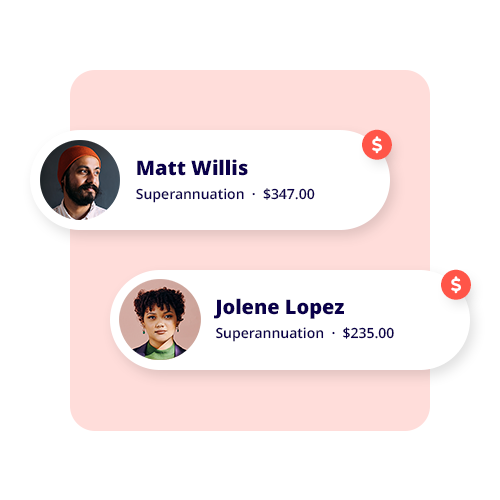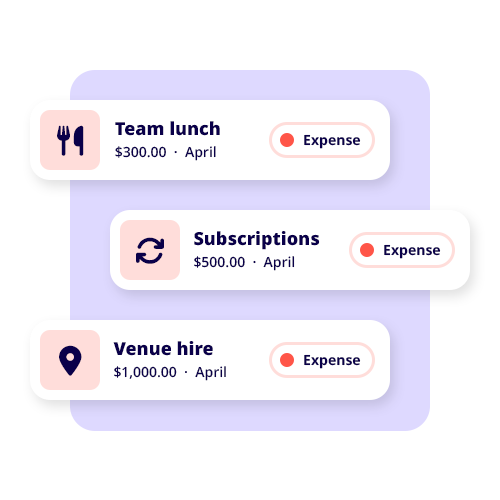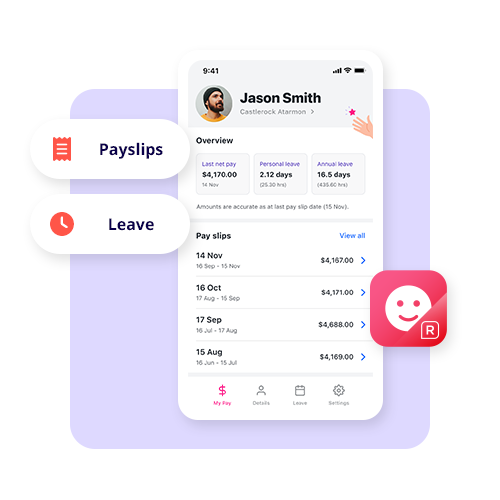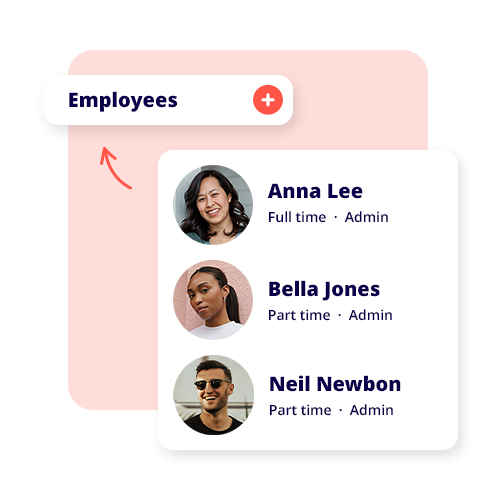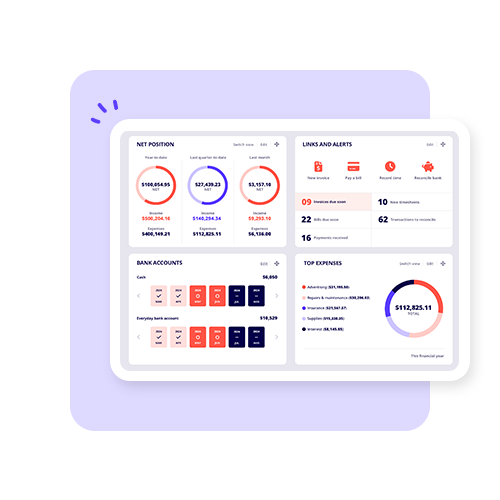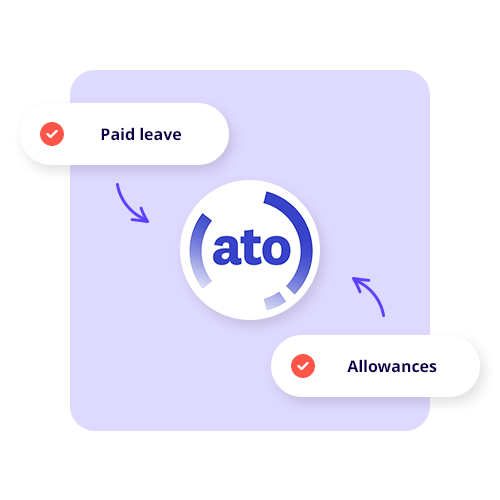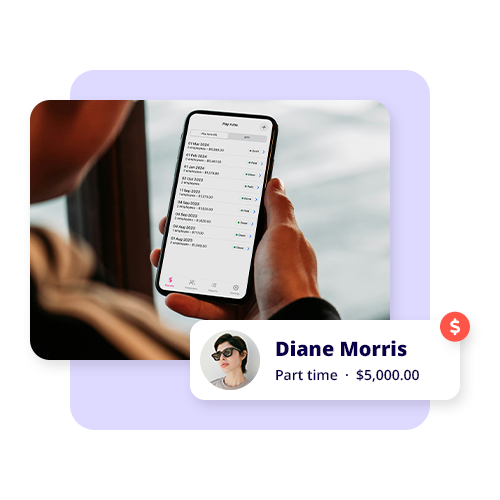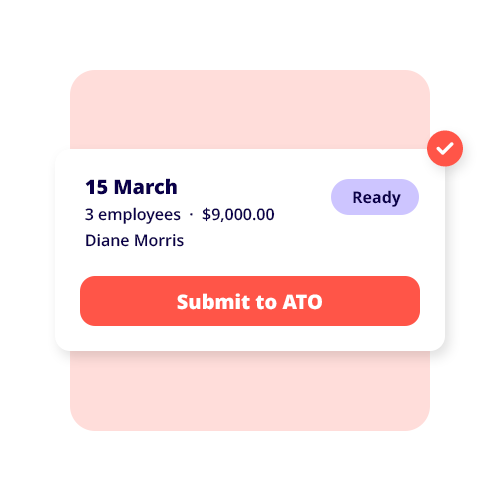Do you have an idea for drumming up new business? How about carving out a new niche with your existing solutions? You’ll need to master the art of business proposals.
A business proposal is arguably the most important tool in your entrepreneurial arsenal – especially in those early days. You could be pitching to a new client, responding to a tender, or trying to drum up funding. Whatever the case, a well-crafted proposal is often the deciding factor in whether or not you secure the deal.
So read on for how to create a winning business proposal, as well as practical tips for success and business proposal templates to inspire your own.
What is a business proposal?
A formal business proposal is a document you put together to ‘pitch’ your product or service to a prospective client or stakeholder. Within this document, you’ll want to highlight the problem that your business aims to solve, as well as your value proposition and how you plan to deliver results.
While a business plan is all about internal strategies, a business proposal is outward-facing. In other words, it’s targeted towards potential clients and partners. Think of it as a persuasive document tailored to different business opportunities.
Types of business proposals
The vast majority of business proposals will fall into one of two categories:
- Solicited business proposals: Requested by a client or organisation, you’ll usually put one together in response to a request for proposal (RFP). Your proposal will need to directly address the requirements outlined by the potential client.
- Unsolicited business proposals: Initiated by you or your business without a prior request. You should highlight a specific opportunity or problem and then present how your company can provide the solution.
10 key elements of a business proposal document
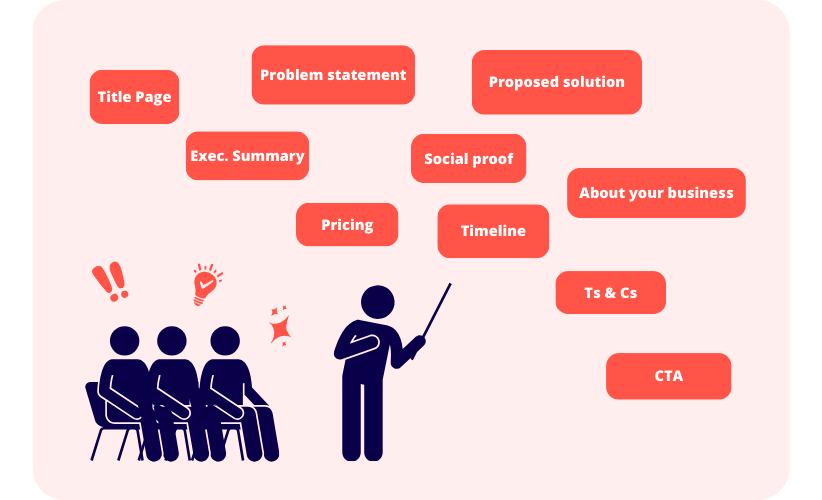
While each proposal will be slightly different based on the industry you’re targeting and the purpose of your solution, a great business proposal covers the following components:
1. Title page
First impressions matter. Your title page should include:
- Your business name and logo.
- The proposal title.
- The client’s name and company.
- The submission date.
2. Executive summary
Think of the executive summary as your elevator pitch. It should briefly explain:
- The client’s problem or need.
- Your proposed solution.
- Why your business is the best fit.
3. Problem statement
Here, you should demonstrate your understanding of the client’s needs while clearly articulating:
- The specific challenge or opportunity.
- The potential impact of not tackling the issue.
4. Proposed solution
Describe (in detail) how your product or service can solve the problem. Make sure you include:
- A step-by-step approach.
- The main deliverables.
- Any methodologies or tools you plan to leverage.
5. About your business
Build credibility by sharing:
- Your company’s mission statement and long-term vision.
- Any relevant experience and achievements.
- Case studies and testimonials from past clients.
6. Pricing and payment terms
It’s always a good idea to have a transparent pricing breakdown. You might like to use tables or charts to explain:
- Costs for individual services or packages.
- Payment terms (e.g. deposits or milestone payments).
7. Timeline
Set clear expectations by including:
- A project roadmap with key milestones.
- Expected completion dates.
8. Social proof
Include testimonials, awards or case studies to instil confidence. Show how you’ve helped similar clients achieve success.
9. Terms and conditions
Outline the legal and contractual details, such as:
- The scope of work.
- Confidentiality agreements.
- Termination clauses.
10. Call to action
Encourage the client to take the next step by giving them clear instructions on how they can accept the proposal or ask for more information.
How to write a business proposal

Step 1: Research your client
The only way you will get their attention is if you show that you understand your client’s needs. Review any RFPs and conduct market research. It might also be helpful to have conversations with stakeholders to understand their pain points and priorities.
Step 2: Structure the business proposal
Use a clear, logical structure. In other words, speak to the layperson. Include headings, subheadings and bullet points to make the business proposal more readable.
Step 3: Tweak your content to suit
While you want to be readable, you’ll also want to avoid generic or overly complex language. Personalise your proposal to speak to the client’s challenges and goals.
Step 4: Focus on the big benefits
Highlight what the client stands to gain by working with you. Lean into measurable outcomes like cost savings or more revenue.
Step 5: Proofread and polish
Silly mistakes can undermine your professionalism, so always review your business proposal for typos and formatting issues.
Tips for creating an effective business proposal
- Be concise: Keep your proposal as short as possible while including all the essential information.
- Use visuals: Take advantage of charts, graphs, tables and imagery to make complex information much easier to digest.
- Showcase your expertise: Use case studies and testimonials to demonstrate your solid track record.
- Be flexible with pricing: Include tiered packages or optional add-ons for different budgets.
- Create a sense of urgency: Use deadlines or limited-time offers to encourage a faster response.
Business proposal template example for a marketing agency
If you’ve been looking for a business consulting proposal template, there are plenty of websites that will have a free business proposal template you can download. However, if you aren’t sure exactly what to include in those sections, the proposal template will be effectively useless. Instead, you need to see examples of business proposals, like this one for a marketing company.
Title page
- Agency Name: BrightEdge Marketing Co.
- Client Name: Urban Chic Homewares
- Date: 28 November 2024
- Proposal Title: ‘Expanding Urban Chic’s online presence’
Executive summary: Urban Chic Homewares wants to boost online sales by 25% within the next year. BrightEdge Marketing Co. proposes a multi-channel digital marketing strategy to improve brand visibility and drive more traffic to the e-commerce website. Our proven expertise in online marketing means we have the tools and expertise to help you achieve your goals.
Problem statement: Urban Chic struggles with low online visibility, which means lost opportunities for new customer acquisitions.
Proposed solution:
- Roll out a targeted Google Ads campaign.
- Optimise your website for SEO.
- Launch a content marketing strategy, including weekly blog posts and daily social media posts.
Pricing:
- Initial setup: $3,500
- Monthly management fee: $2,000
- Total estimated cost: $27,500 (12 months)
Timeline:
- Month 1: Kick-off meeting, campaign setup and website optimisation.
- Months 2–12: Campaign management, performance tracking, blog writing, social media management and adjustments.
Social proof: “BrightEdge Marketing Co. helped us double our online sales in just six months. They have a team of highly skilled and results-driven professionals.” – Jane Smith, Founder of LuxeLiving.
Terms and conditions: This proposal is valid for 30 days. Payments will be made monthly, with an initial deposit required upon signing.
Call to action: Contact us at hello@brightedgemarketingco.com to schedule a follow-up meeting and finalise the business agreement.
A well-crafted business proposal is your ticket to winning clients and driving more growth. Use our example business proposal and structural tips to elevate your entire proposal game and lock in the deals you deserve.




